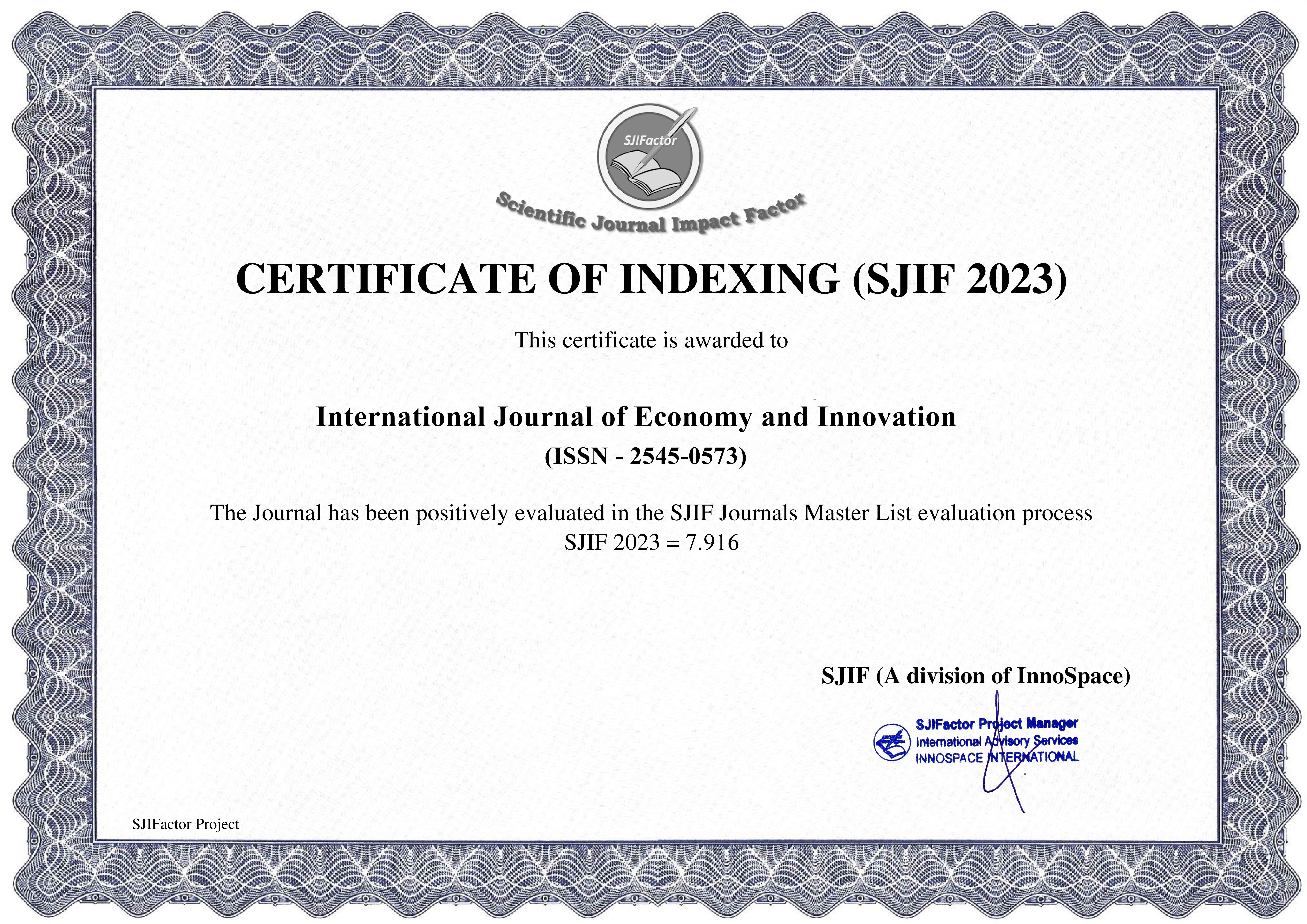TRANSPARENCY AND SPECULARITY OF LITERARY TRANSLATION OF LITERARY FAIRY TALES BY ENGLISH WRITERS
Keywords:
Transparency, Mirrorness, Literary translation, Theory of translation, Translation of children's literature, English-Russian translation, Idiostyle of the translator, Zakhoder, Author's fairy tale, English fairy taleAbstract
The subject of the study is the English-Russian translation of fairy tales in the aspect of transparency and specularity. The purpose of the work is to determine the strategy for translating English literary fairy tales. The work provides a linguostylistic and comparative analysis of B. Zakhoder’s translations of the fairy tales “Alice in Wonderland” by L. Carroll, “Winnie the Pooh and All-All-All” by A.Milne and “Mary Poppins” by P.Travers. In modern translation theory, considerable attention is paid to various aspects of the equivalence and adequacy of the original and translated texts, and the requirements for the quality of translation, including literary translation, are considered. The attention of domestic and foreign researchers to the concepts of transparency and mirroring in the field of translation is increasing. Of particular interest is their application to the literary translation of children's literature, which is due to the specifics of the target audience. Scientific novelty lies in the application of modern postulates of translation theory to children's literature, which allows expanding knowledge in this scientific field. The main conclusion of the study was the adherence to the theory of translation transparency for the child reader when translating children's literature. As a result of the analysis of the translations of literary fairy tales by L. Carroll, A. Milne and P.Travers into Russian by B. Zakhoder, it can be noted that they reflect the general patterns of translation of children's fiction, take into account the psychological characteristics of the audience, the text is adapted for understanding by children, a large attention is paid to the reproduction of emotionality, expressiveness, and comedy. B. Zakhoder's translations are not complete, but the translator follows the theory of transparency. Creative comprehension of the text demonstrates the specificity of the translation idiostyle.

















